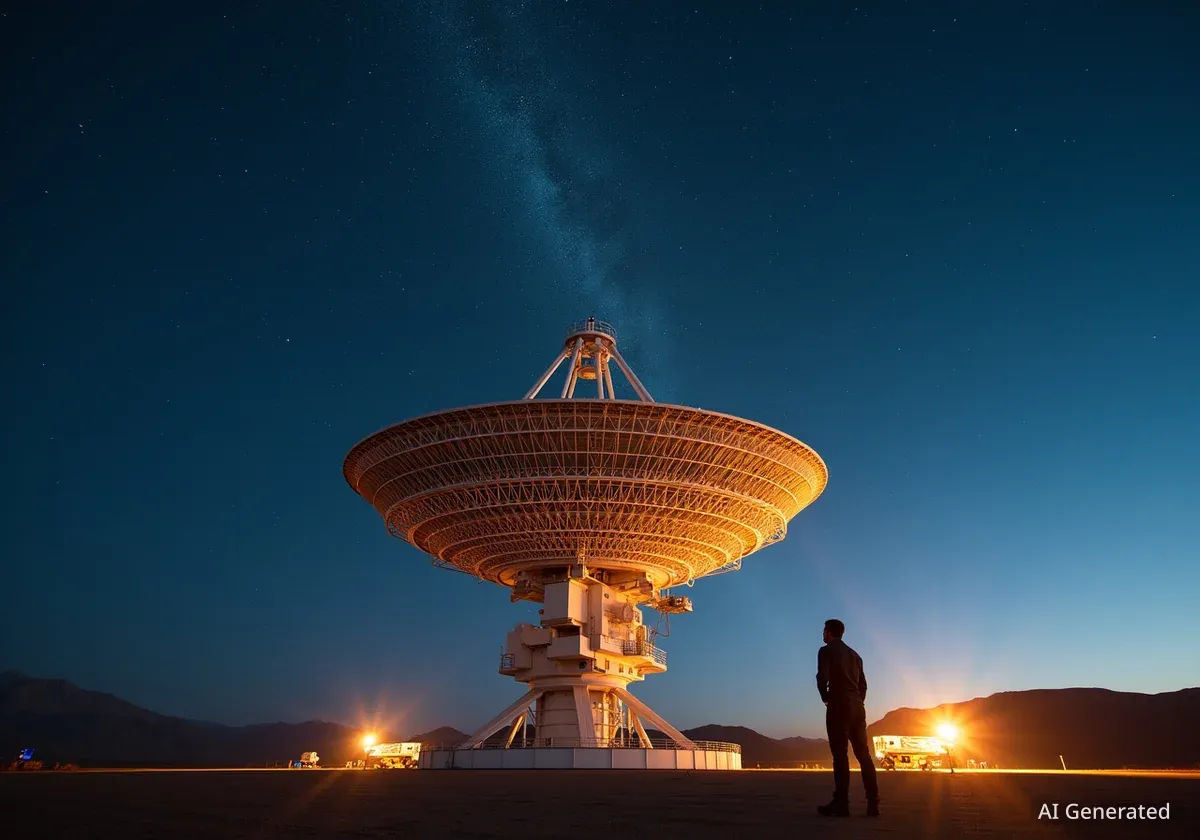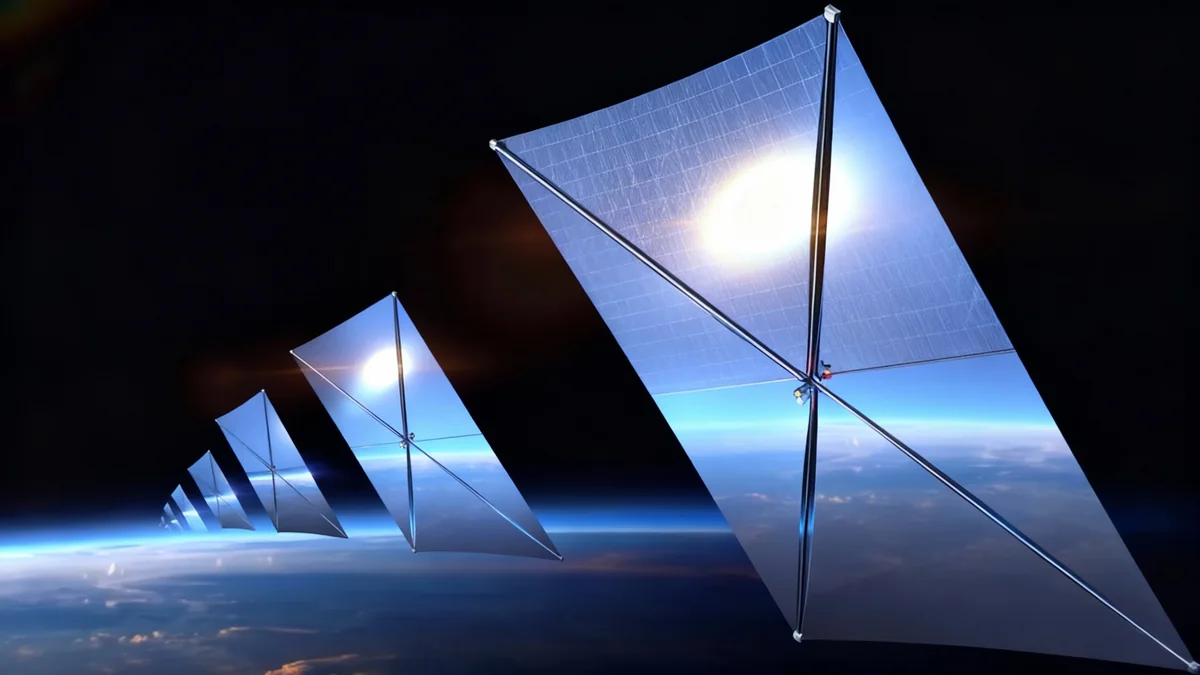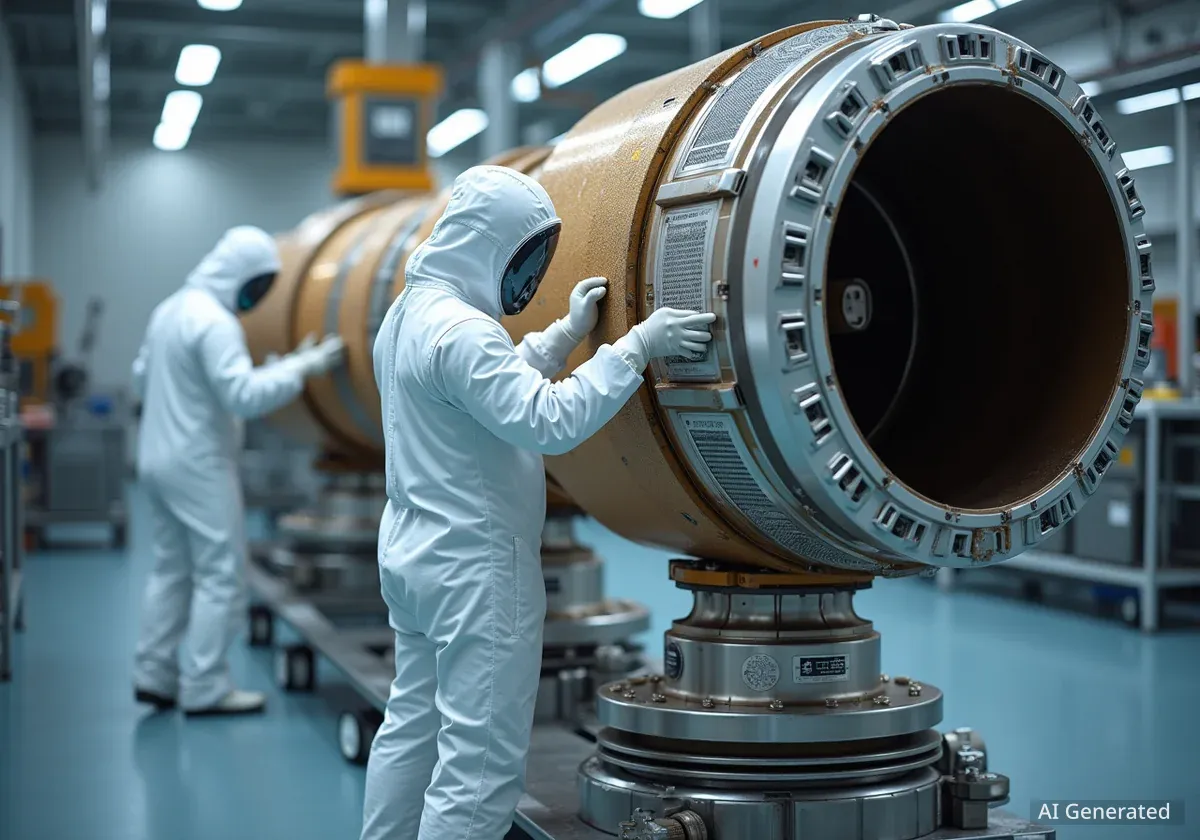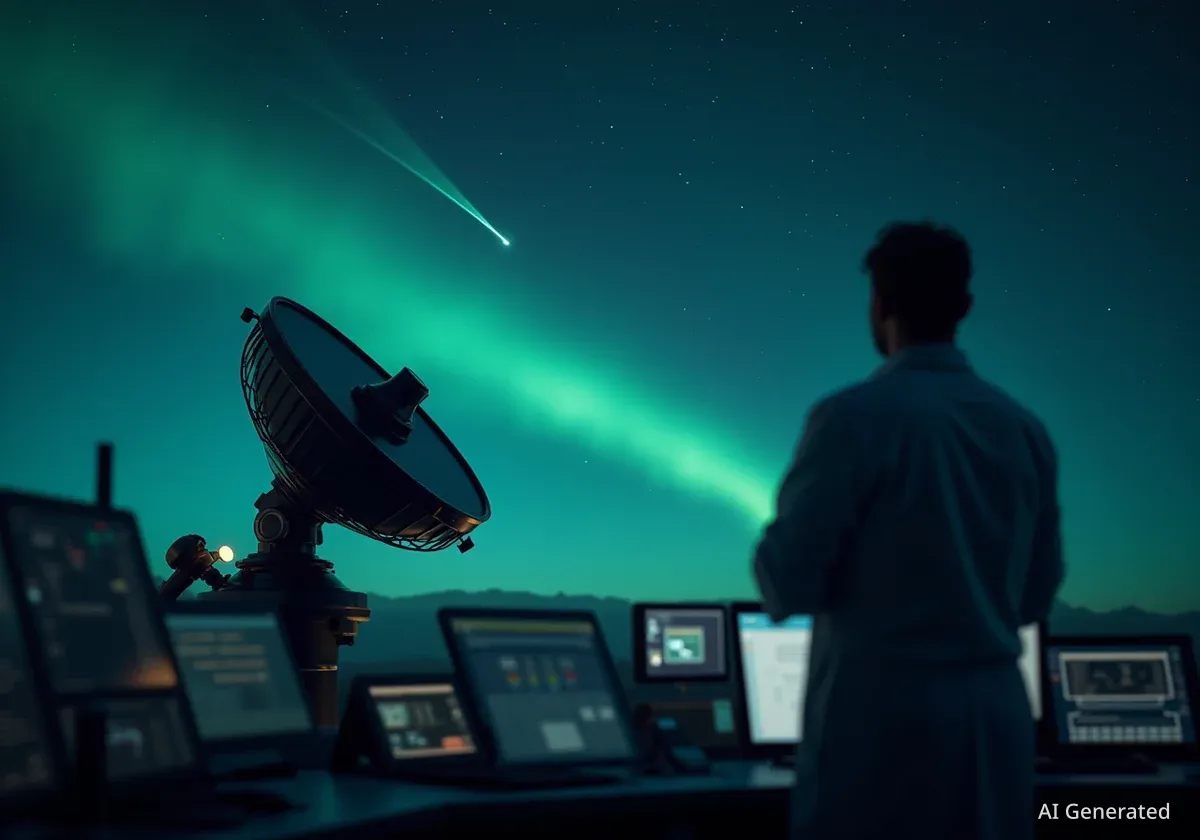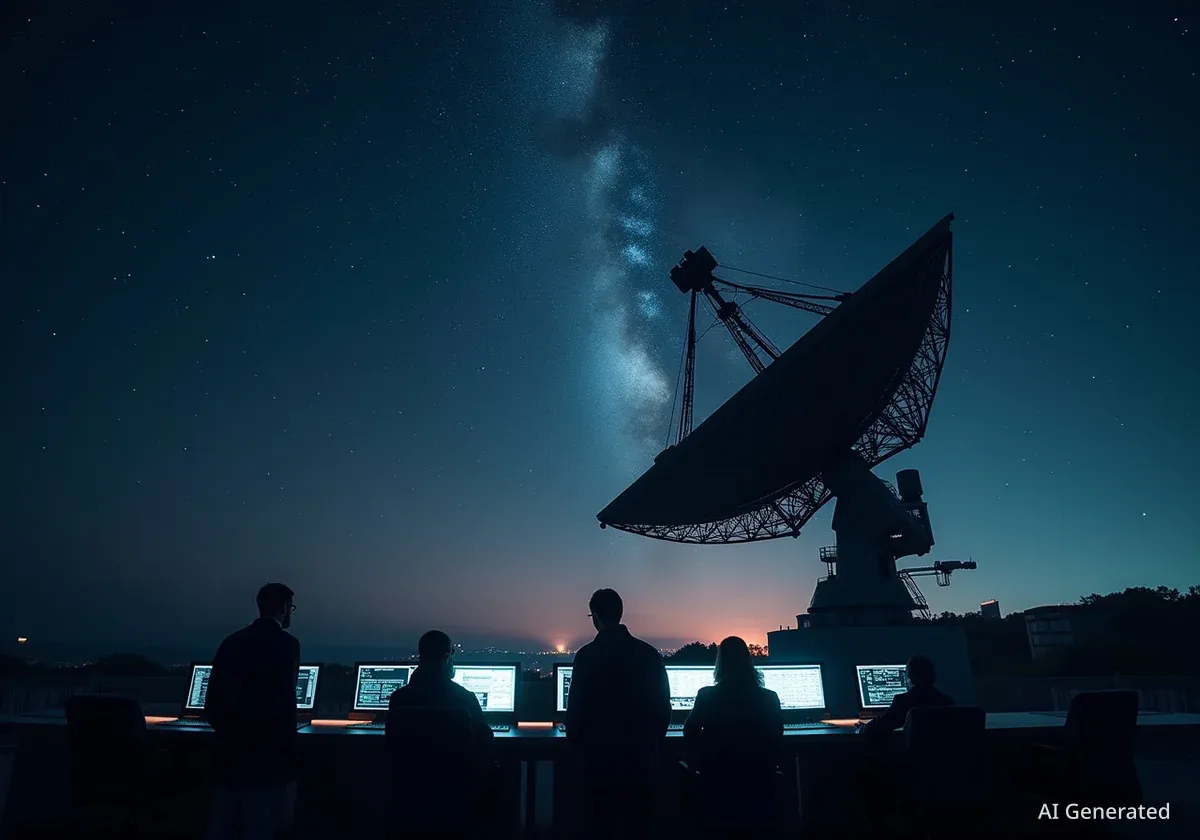European researchers are developing a new telescope designed to observe our own sun with unprecedented detail. The project, named PoET, aims to solve a major challenge in astronomy: filtering out stellar interference, which could significantly accelerate the search for Earth-like planets orbiting distant stars.
Key Takeaways
- A new 60-centimeter telescope called PoET will be installed in Chile to exclusively study our sun.
- The primary goal is to understand and map the "noise" created by the sun's surface activity, such as granulation and dark spots.
- This data will help astronomers subtract similar noise from observations of other sun-like stars, making it easier to detect small, rocky planets.
- The project is crucial for the success of the European Space Agency's upcoming PLATO mission, which will search for habitable exoplanets starting in 2026.
The Difficulty in Finding Another Earth
Scientists have cataloged approximately 6,000 planets outside our solar system, known as exoplanets. Despite this large number, finding a true Earth twin—a rocky planet of similar size orbiting a sun-like star in its habitable zone—remains an elusive goal. The primary obstacle is the immense difficulty of detection.
Planets orbiting stars similar to our sun are incredibly hard to spot. Their host stars are extremely bright, and the planet's signal is comparatively tiny. This challenge is compounded by the star's own activity, often referred to as stellar noise.
What is Stellar Noise?
Stars like our sun are not static balls of light. Their surfaces are turbulent, with churning plasma, shifting magnetic fields, and features like sunspots. This activity creates fluctuations in the star's light, producing a "noise" that can easily overwhelm the faint dip in brightness caused by a small planet passing in front of it.
According to Dr. Nuno Santos, a Portuguese astrophysicist leading the new initiative, this stellar noise is a significant hurdle. "If you look at the surface of the sun, it looks like a boiling pot of water, speckled with darker and brighter regions," Santos explained. "The big issue is that we don't really understand how to diagnose this noise that comes from the star."
A New Approach: The PoET Telescope
To address this problem, Dr. Santos and his team are developing a new instrument as part of a project called FIERCE. The instrument is the Paranal solar Espresso Telescope (PoET), a compact 60-centimeter telescope with a unique mission.
Instead of pointing at distant stars, PoET will be dedicated to observing our own sun. It will be located in Chile's Atacama Desert, operating alongside the European Southern Observatory's Very Large Telescope (VLT). By studying the sun up close, scientists hope to create a detailed model of the noise it produces.
This information will then be used to develop techniques for filtering out similar noise from the light of other sun-like stars. This would effectively clean up the data from distant observations, making the faint signal of an Earth-sized planet much easier to identify.
Project Details
- Project Name: FIERCE (Finding Earths Imitating the Circumstellar Environment)
- Telescope: PoET (Paranal solar Espresso Telescope)
- Location: Atacama Desert, Chile
- Timeline: Observations to begin by late 2025 and run for three years.
Collaboration with the ESPRESSO Instrument
The PoET telescope will not work in isolation. It will be connected to an existing, powerful instrument at the VLT called ESPRESSO (Echelle SPectrograph for Rocky Exoplanets and Stable Spectroscopic Observations).
ESPRESSO is designed to split starlight into its component colors, or spectrum, to detect the subtle gravitational wobble a planet induces in its star. During the day, when the VLT's main telescopes are idle, PoET will feed sunlight directly into ESPRESSO. This will allow for highly detailed analysis of the sun's chemical spectrum and how it changes with surface activity.
"By connecting ESPRESSO to solar observations, we hope to understand exactly how the sun is behaving in different regions," said Santos. This process will create a comprehensive blueprint of solar noise.
At night, ESPRESSO will return to its primary mission of studying distant exoplanets with the VLT, but astronomers will be armed with new knowledge from PoET's daytime observations to better interpret their findings.
Supporting the PLATO Mission
The timing of the PoET project is critical. It is designed to provide essential groundwork for the European Space Agency's (ESA) PLATO mission, scheduled for launch in 2026. PLATO (PLAnetary Transits and Oscillations of stars) is one of the most ambitious planet-hunting missions ever conceived.
PLATO will use an array of 26 cameras to monitor around one million stars, specifically searching for Earth-sized planets in the habitable zones of sun-like stars. The mission aims to measure the radius of these planets, which, when combined with other data, can determine their density and composition.
PLATO Mission at a Glance
- Agency: European Space Agency (ESA)
- Launch Date: 2026
- Objective: Find and characterize Earth-like exoplanets around sun-like stars.
- Technology: 26 on-board cameras to survey one million stars.
For PLATO to achieve its goals, precise measurements are necessary. The ability to remove stellar noise from its data will be essential. "We have to find a way to get rid of this noise to be able to fully exploit the data from the upcoming PLATO mission," Santos stated. "Our hope and our expectation is that PoET will learn enough so that we'll be able to reduce the noise to the needed level."
If the project proceeds as planned, initial results from PoET could be available by mid-2026, perfectly timed to assist the PLATO science team once the space telescope begins its operations.
The Future of Finding Habitable Worlds
The FIERCE project and the PoET telescope represent a vital step in the global search for life beyond Earth. Supported by the European Research Council (ERC), this work positions Europe at the forefront of exoplanet science.
The discoveries made by PLATO, aided by the groundwork from PoET, will inform even more ambitious future missions. These include NASA's Habitable Worlds Observatory, planned for the 2040s, and Europe's next major ground-based telescope, set for completion by 2030. These future observatories will attempt to directly image the most promising planets found by PLATO and search for biosignatures—chemical signs of life—in their atmospheres.
Before those missions can begin, however, astronomers must first identify the best targets. Projects like PoET are fundamental to building that catalog of potentially habitable worlds. As Dr. Santos concluded, "The quest for earths orbiting other suns is one of the big questions we have." By studying our own star more closely, we may finally find the key to discovering others like our own.

